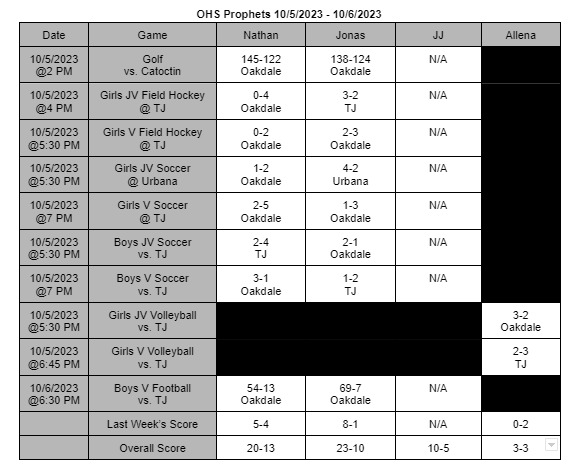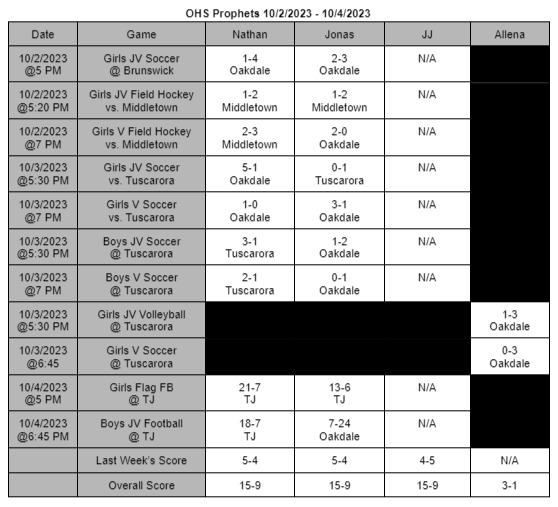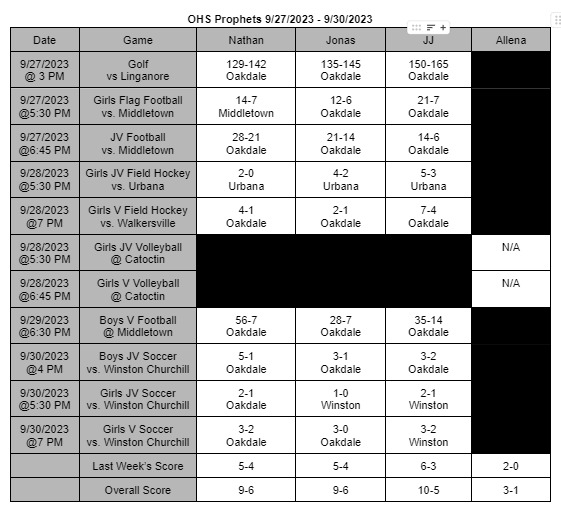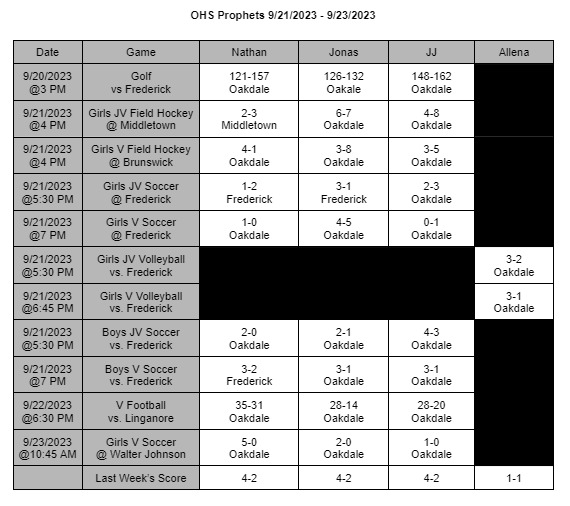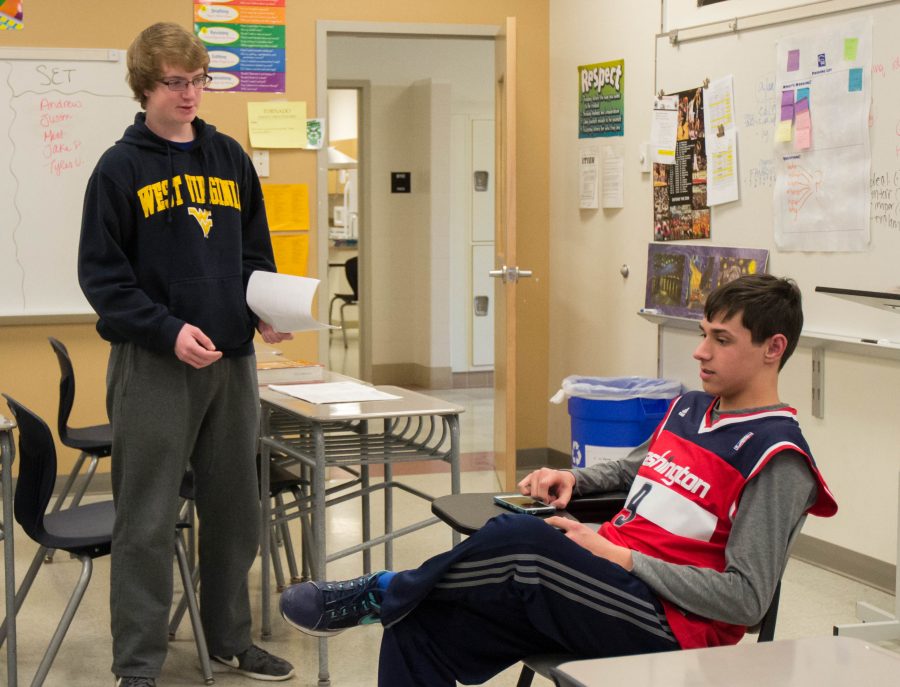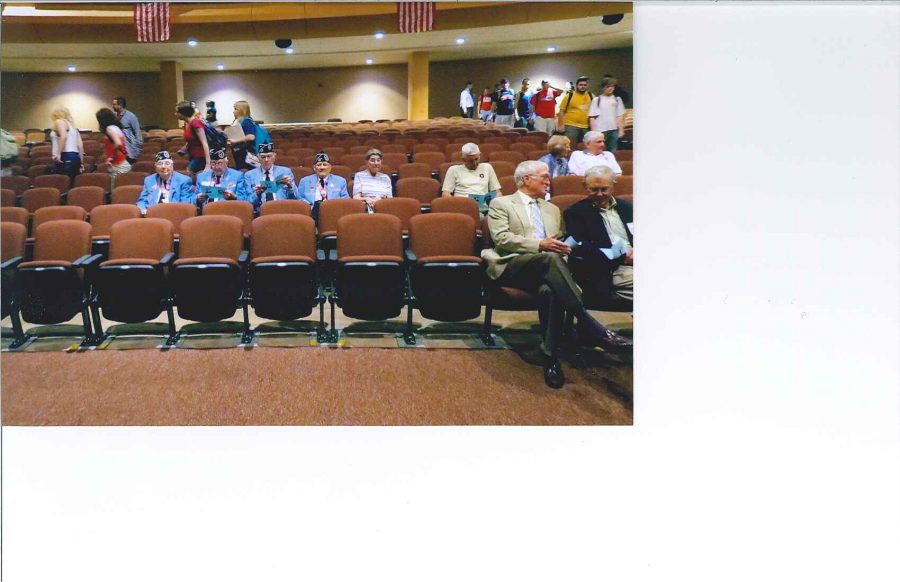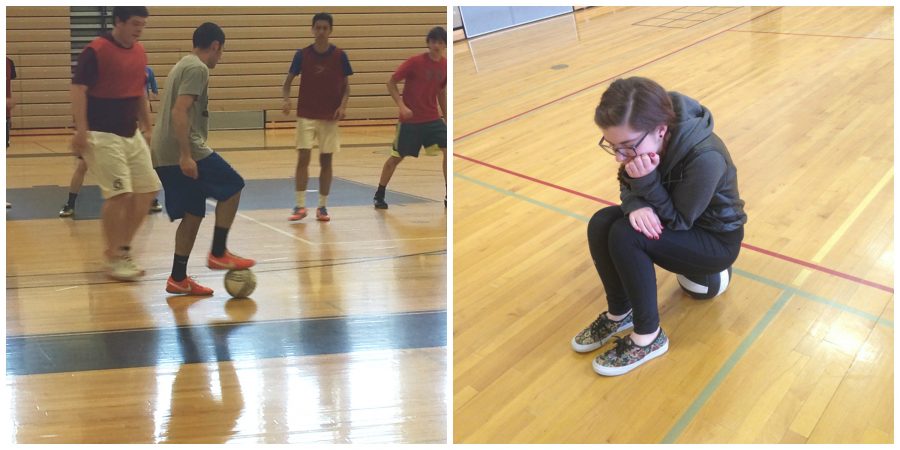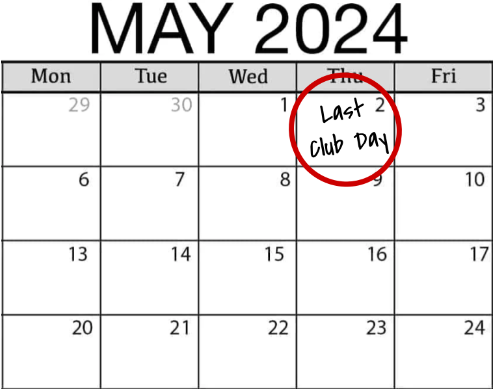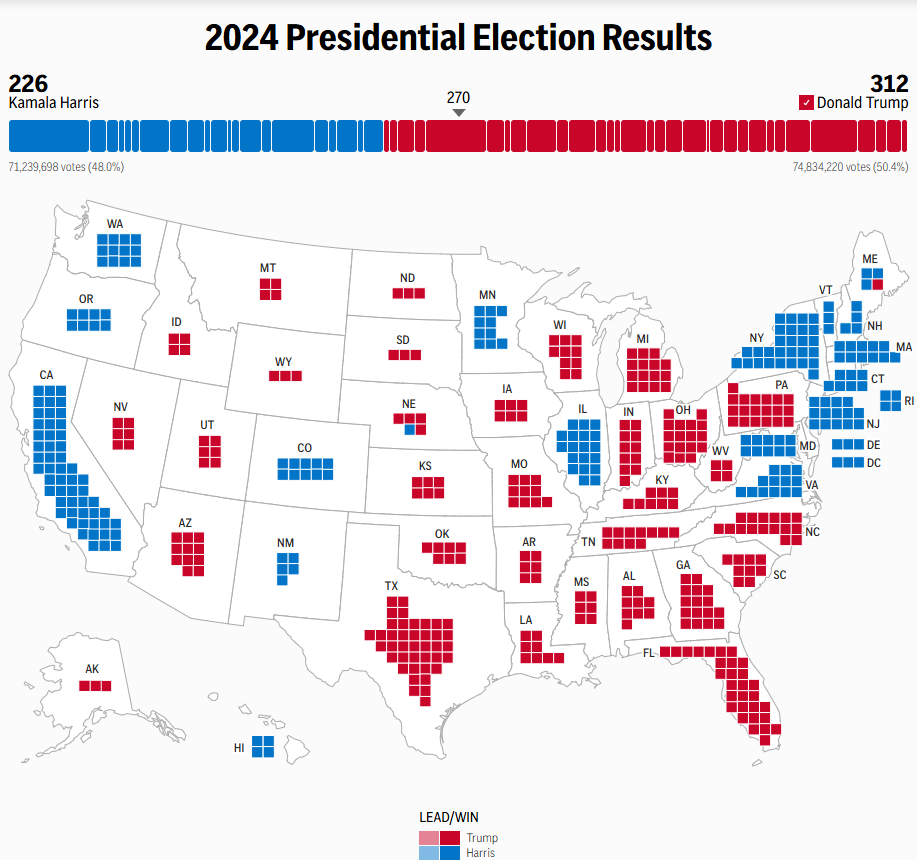Prior to this school year, clubs at Oakdale High School had been held during SET. After five minutes were taken off of SET, a decision was made to create a “club day” schedule, in which students would be dismissed halfway through each of their classes to attend club. The block of the club depends on the advisor’s planning block.
This choice has resulted in a debate amongst the students and staff at Oakdale. Are club days beneficial for the students and staff of Oakdale, or do they cause more problems than they solve? And can more be done to make them as convenient as possible?
Starting with the positives, students have a lot more time to engage with the club and collaborate during meetings.
“To have 45 minutes in a block with [my club members] is nice, whereas in previous years we were only getting them for 20 minutes,” explains SGA club advisor Jessica Miller. Before this year, SET would also stream the announcements, shortening club time even more.
Students can also attend multiple clubs in one day. If the advisors have different planning blocks, students can meet up with one club during one block and another during a different block.
“In SET, there’s a lot of conflict if you get pulled into places and you miss your meeting,” says Oakdale junior Parker Pelletier. Previously, students would only be able to attend a club during school hours in SET. This means that a student involved with multiple clubs would have to choose a single one they attended.
Though, club days still aren’t perfect. For teachers, they remove potentially vital time for education. Teachers can’t actually teach new material, and attendance decreases a significant amount on club days. The extra class time can result in some students not being productive, losing the point of having allotted teaching time.
While clubs can still meet during SET, the shortened time makes it so club days are the main way that clubs can meet. This wouldn’t be a problem if club days were more common, but they only happen once a month. Clubs who want to meet more often in order to keep up with projects will have to do so outside of the club day schedule, either after school or in SET.
It also causes issues with students who don’t stay in the building for the full day. Many students leave for CTC or other out of school programs, meaning they’ll rarely ever get the chance to attend their club in person.
Both schedules have issues with overlapping clubs during blocks as well: “[The advisor of] the club I’m in runs two clubs,” Pelletier discloses. “Sometimes I have to ask my friend if he’s meeting that day, or if I’m meeting that day. So I think there should just be a better system for that,” he elaborates.
Unfortunately, no solution will ever completely fix club day. “We just have such limited time within the school day to accomplish everything,” Miller communicates. “Clubs are super important in my opinion. But in order to [hold clubs], you have to kind of give somewhere else. And I think that’s just frustrating, because our curriculums require us to get through so much material,” she continues.
The best way to fix club days is to keep trying different methods and seeing what works out. Making a more consistent schedule and determining when planning blocks should be to best suit advisors could be steps in the right direction. The only way to truly figure out what schedule is best is by listening to feedback from students and staff.














